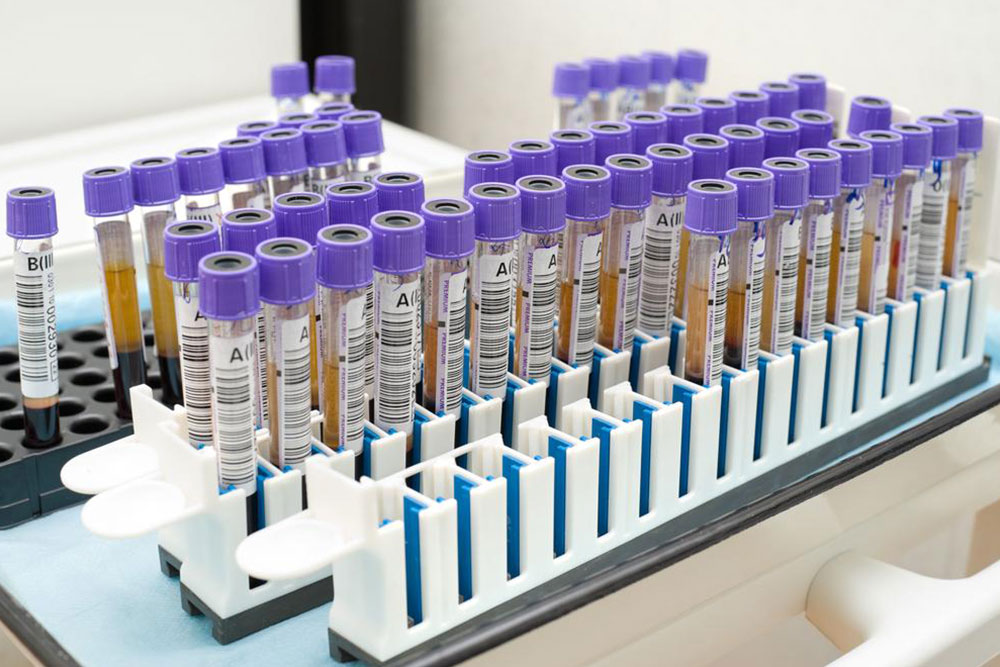Understanding Age-Adjusted PSA Levels for Prostate Health
This article explores the significance of age-adjusted PSA level testing for prostate health. It explains how PSA testing combined with age-specific reference ranges helps detect prostate cancer early. Emphasizing the importance of personalized screening, the article highlights how early diagnosis improves treatment success. It also discusses ongoing research into additional factors affecting PSA levels, aiming to enhance prostate disease detection accuracy and reduce advanced cancer cases in men.

Prostate-specific antigen (PSA) is a protein produced by the prostate gland, primarily responsible for maintaining seminal fluid and supporting sperm motility. Usually confined within the prostate ducts, minor PSA leakage into the bloodstream can signal prostate issues like cancer. Because PSA levels are influenced by various factors, clinicians assess age-specific PSA ranges to identify potential abnormalities. This approach was developed decades ago, helping detect early signs of prostate disease. Given prostate cancer's high prevalence among men, early screening strategies like age-adjusted PSA testing are vital for timely diagnosis.
Typically, PSA tests are combined with digital rectal exams, especially for men over 50, to evaluate risk. A PSA level exceeding 4 ng/ml often warrants further testing. However, men with PSA below this threshold may still have prostate cancer, emphasizing the importance of tailored screening. PSA levels naturally change with age; for instance, levels above 2.5 ng/ml in men under 50 or 3.5 ng/ml between 50-59 might signal concern. Men aged 60 and above are advised to consider further evaluation if their PSA reaches or exceeds 4 ng/ml.
Early detection is crucial, as prostate cancer often shows no symptoms in initial stages. Age-specific PSA screening enhances early diagnosis, improving treatment outcomes. Researchers are also exploring additional factors like ethnicity or lifestyle to refine screening accuracy. Tailoring PSA thresholds based on demographic data offers a more precise approach to prostate health management, potentially reducing late-stage diagnoses and improving men's health outcomes.
Note: Our content provides general health information; it should not replace professional medical advice. Always consult healthcare professionals for personalized screening and diagnosis.










